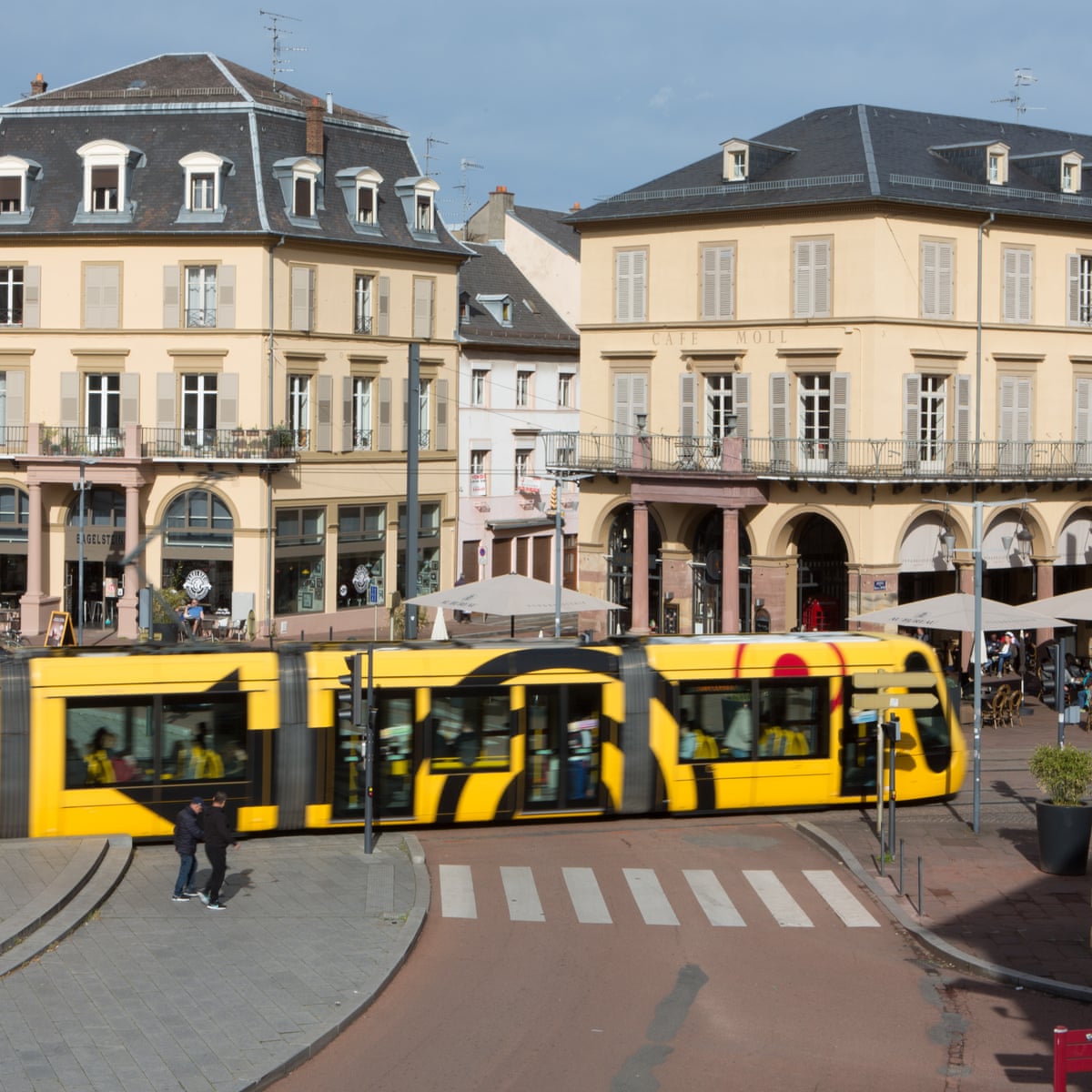
WEIGHT: 60 kg
Bust: DD
One HOUR:90$
NIGHT: +100$
Services: 'A' Levels, Cum on breast, Lesbi-show soft, Photo / Video rec, Deep Throat
Mulhouse has turned around its image and now boasts more shops opening than closing, thanks to smart planning, investment and community efforts. When Liebold opened Tilvist in Mulhouse three years ago, in a space that had been vacant for years, friends tried to persuade her against it.
Just over a decade ago, Mulhouse, a town of , people near the German and Swiss borders, was a symbol of the death of the European high street. One of the poorest towns of its size in France, this former hub of the textile industry had long ago been clobbered by factory closures and industrial decline. It had high rates of poverty and youth unemployment, a shrinking population, and more than shops empty or boarded up. The centre had become associated with gangs. Today, Mulhouse is known for the staggering transformation of its thriving centre, bucking the national trend for high street closures.

In the past eight years, more than shops and businesses have opened here. It is one of the only places in France with as many independents as franchises. And it is one of very few places in France where more shops are opening than closing.
Once overshadowed by its more famous Alsace neighbours, the city of Strasbourg or chocolate-box pretty Colmar, Mulhouse is now sought after by brands seeking retail premises. French political powers woke up late to the problem of dying town centres. But France, which has a powerful hypermarket industry and lobby, has for decades hastened town centre decline by allowing out-of-town superstores to mushroom over kilometres of dull grey hangars on the outskirts of towns.

Leaders only recently turned to the issue, fearing boarded up shopfronts and vanishing services could help usher in Donald Trump-style populists. Polls showed that in small French towns, the fewer the services on offer — notably post offices — the higher the vote for the far right.



































